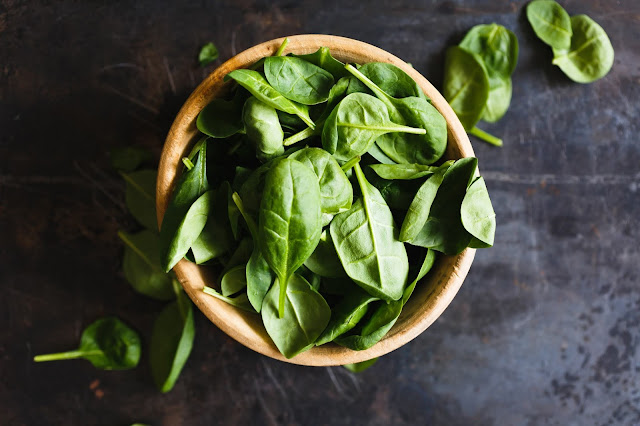Beauty
8:12 AM
types of skin problems on face
What are the facial conditions that everyone feels “good”? The beauty balance you want to know
“Youth” can be controlled.
Life is now 100 years old. So my 50s have just stood back. Beautiful appearance is an
important factor 4 a richer life. Anti-aging is the future of controlling the youth by
creating a face that has a positive impression from anyone in aesthetic medicine, skin
care, and makeup.
In the first intensive series “Youth can be controlled”, Jiyugaoka Clinic Director,
Toru Takashi Furuyama, taught us about the “beauty balance” that everyone feels as a
“good impression”.
Appearance of “beauty” can be actively created by adjusting the “beauty balance”
“Every person has an ideal beauty in herself. For example, people with small eyes feel
beautiful with big eyes, and people with thin lips feel plump lips. “There is a beauty
balance that everyone has a good impression on a beautiful face,” says Jiyugaoka Clinic
Director Toru Takashi Furuyama.
There was a “beauty balance” on the face that gave a good impression when it was
beautiful!
“Beauty balance has 6 elements. 1. Parts such as eyes, nose and mouth are well-
balanced. 2. Face line is in place. 3. Round from the forehead to the heel. It must be
curved, 4. The parts must be beautiful, such as long-cut eyes, plump lips, and nasal
passages, etc. 5. It must be symmetrical, 6. The skin texture and color should be
beautiful. “It is a balance of beauty that everyone feels beautiful,” says Furuyama.
Furthermore, when you quantify a beautiful face, the ratio will be as follows.
“The width of the face is equal to the width of the eyes, and it is equally five. The
length of the face is from the hairline of the forehead to the bottom of the eyebrows,
from the bottom of the eyebrows to the tip of the nose, and from the tip of the nose to
the tip of the chin. Ideally, each is evenly divided into three equal parts.
In addition, the fact that the inverted triangle at the center of the face = the
central triangle is indispensable is an essential point for a beautiful face.
This “beauty balance” is a common sense in the world, regardless of age or race. A
beautiful face is a well-balanced face.
If you look closely at a well-balanced face, you will notice that it is not only
beautiful, but also youthful. Yes, “beauty” is “youth”.
Now life is 100 years. The 50s have just stood at the turning point. It is important to
create a healthy body that can always be challenged, and to create “beauty of
appearance” that leads to “youth” in order to be active throughout the life and
continue to work with confidence.
Today, there are many options for creating and maintaining a beautiful face, such as
skin care, makeup, and the latest aesthetic medicine. “Please take in what you need and
what you need from the 50s,” says Furuyama.
What are the facial conditions that everyone feels “good”? The beauty balance you want
to know "Beauty balance" that everyone feels "good impression" regardless of age
1. An ideal form with a width of 5 faces Ideally, the width of the face should be
divided into 5 parts based on the width of the eyes.
The ideal balance of the width of the face should be evenly divided into five parts
based on the width of the eyes. People who have little eyes are cute, and people who
are close to the center have an intellectual impression, but it is important to
approach this balance to maintain a good, youthful impression even after age. is.
2. The face center inverted triangle area is the decisive factor of “beauty”
The central triangle stands out (the inverted triangle in the center of the face)
An inverted triangle in the center of the face, with the chin from both eyebrows. By
maintaining this shape, the face appears to be tight and has a vitality that does not
make you feel the age.
It is divided into three equal parts from the forehead to the chin
Ideally, the balance of the vertical width of the face should be divided into three
equal parts, from the hairline of the forehead to the bottom of the eyebrows, from the
bottom of the eyebrows to the tip of the nose, and from the tip of the nose to the tip
of the chin. This balance is common throughout the world and everyone feels beautiful.















































